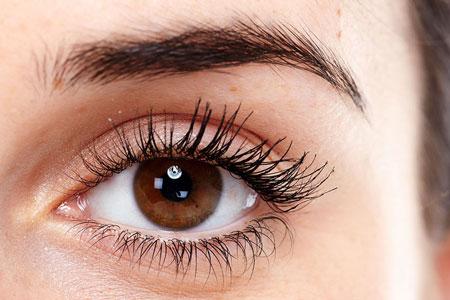Corneal and External Disease Treatment
Corneal Abrasions
What Causes Corneal Abrasions? A corneal abrasion is a laceration on your eye and can happen from something as simple as dirt getting stuck in your eyelid and affects or impairs your vision. As the cornea helps focus light as it enters the eye, a scratched cornea will seriously affect or impair your vision.
Causes of a Corneal Abrasion
- A small particle in your eyes or stuck under your eyelids
- Sports injuries
- Inadequately fitting or dirty contact lenses
- Getting poked in your eye
- Rubbing your eyes, especially when something is caught in your eye
- Certain eye conditions, such as bacterial infections
Symptoms of a Corneal Abrasion
- Eye pain (especially when opening and closing eyes)
- The sensation that there is something in your eye
- Tearing up
- Eye redness
- Sensitivity to light
- Blurry vision or even loss of vision
- Headaches
If you experience any of the corneal abrasion symptoms listed, contact us and we’ll perform an eye examination.
Minor corneal abrasions commonly heal on their own within a few days. To reduce any chances of scarring and inflammation, your ophthalmologist might use eye drops.
For more severe corneal abrasions, there is a chance you’ll need to wear a patch over your eye to lessen discomfort or be provided medication to reduce the pain. While healing, wearing sunglasses may reduce symptoms of a corneal abrasion. If you wear contact lenses, you shouldn’t wear them until the corneal abrasion has healed.
Corneal Dystrophies

Corneal dystrophies are genetic eye disorders that can result in abnormalities of the cornea.
Corneal dystrophies typically progress slowly and impact both eyes (rather than only one eye). Symptoms vary depending on the form of corneal dystrophy. Some people could experience zero symptoms, and others may collect matter in the cornea, leading to blurred or loss of vision. Some might experience deterioration of the cornea where the outer layer of the cornea will fail to attach to the next layer. This can cause mild to severe pain in the eye, sensitivity to light, and the feeling of something in the eye.
If your eye doctor suspects that you have a corneal dystrophy, he will perform a thorough eye examination and ask about your family history of eye disease and use a microscope to examine the front of your eye. For those without symptoms, a routine eye exam could indicate the existence of corneal dystrophies. In some cases, genetic testing can be used to identify corneal dystrophies. Treatments vary based on the type and severity of dystrophy.
If you aren’t experiencing any symptoms, your ophthalmologist may progressively monitor your eyes closely for signs of progression. Your doctor may recommend eye drops, ointments or laser treatment.
Some people with corneal dystrophy could experience repeat corneal erosion. Antibiotics, lubricating eye drops, ointments or bandage contacts may be used to protect the cornea. If erosion continues, your eye doctor may recommend additional treatment options. These treatment choices include laser therapy or scraping the cornea.
In more severe cases, a cornea transplant (keratoplasty) may be necessary where damaged or unhealthy tissue is removed and replaced with donor tissue. For some types of corneal dystrophies, a partial cornea transplant may be necessary. In patients with bad vision or damaged corneas, cornea transplants can be a successful option.
Many conditions can affect the clarity of the entire cornea and an injury can cause scarring.
Content reviewed by Kevin R. Skelsey, M.D., F.A.C.S.
